List of contents
Design Process
![]() Phase I – Discover: Desktop Research, Competitor Analysis, Survey, Interview
Phase I – Discover: Desktop Research, Competitor Analysis, Survey, Interview
.
 Phase II – Define: Affinity Map and Empathy Map, User Persona, Customer journey map
Phase II – Define: Affinity Map and Empathy Map, User Persona, Customer journey map
.
![]() Phase III – Develop: How might we, Ideation, MVP matrix, Storyboard
Phase III – Develop: How might we, Ideation, MVP matrix, Storyboard
.
 Phase IV – Deliver: Onboarding framework, Mentorship model, User flow, User testing
Phase IV – Deliver: Onboarding framework, Mentorship model, User flow, User testing
Project overview
Client Industry
Healthcare
Project duration
I worked on the project for 12 weeks in Q3 2022. The final website prototype was delivered to the client as a Development-ready working model.
Platform
Responsive Website
Project Goal
A new graduate program for Occupational therapists and Speech Pathologists was to be designed and developed.
About this project
Fora is an online marketplace that helps differently-abled people find mobile allied health services. They are seeking to understand the factors involved in creating a 10/10 experience for new graduates of allied health professions (AHPs) during their first year as clinicians.
A 12-month program is to be designed to address these needs, and an online presence is to be created to demonstrate the program to new graduates and collect sign-ups.
My role
As a UX researcher and lead UI designer, I led the design of a new product from start to finish. I began by gathering requirements from stakeholders and conducting user research to understand the needs of the target audience. I then created wireframes and prototypes to test and iterate on the design. Finally, I worked with developers to implement the final product and gather user feedback.
Problem statement
“Newly graduated speech pathologists and occupational therapists feel inexperienced and anxious about transitioning into their first full-time job and want access to support information and knowledgeable professionals.”
The challenge
Fora’s allied health assistants (AHAs) are mostly university students. The main concern is students are leaving the company when they graduate after their first year as a clinician. This was addressed by understanding their needs and designing a program that eliminates their negative experiences and encourages them to stay.
Fora aspires to create a sustainable working culture for allied health assistants (AHAs) and allied health professionals (AHPs). The project brief outlined the business goal of creating an attractive 12-month graduate program for AHPs and AHAs to address their needs and safeguard against burnout.
Design Process

Phase I - Discover
Desktop research
Desktop research of industry white papers, reports, and graduate statistics revealed below insights
Support and feedback
New graduates feel that they are not receiving adequate support and feedback from their supervisors or mentors. This can make it difficult for them to learn and grow in their careers.
Isolation
New graduates in the allied health industry often feel isolated. This is because they may be the only new graduate in their workplace, or they may not have a strong network of peers.
Lack of structured programs
This Industry often lacks structured programs to prepare them for their careers. This can make it difficult for them to learn the skills and knowledge they need to be successful.
Feeling inadequate
As a result, many new graduates in the allied health industry do not feel adequately prepared or trained to provide services.
Competitor analysis
A competitor analysis was conducted of 20 allied health graduate programs.
Among comparisons across the 11 key areas of the programs, the analysis suggests that the program should focus, improve and offer the below criteria.
Program structure
- Induction program
- Regular team meetings
- Curriculum
- Faculty
- Resources
Mentorship and Support
- Well-being support
- Student’s mental health support
- 1:1 mentorship
Clinical experience
- Gradual build caseload
- Opportunities to shadow practicing professionals
- Progressive introduction to clinical practice
Online Survey Overview
A survey of 20 allied health professionals and assistants found that AHAs and AHPs want a comprehensive graduate program that provides professional development, mentorship, and a supportive community.
Allied health professionals
Allied health assistants
Occupational therapists
Speech pathologists and Physiotherapists
Survey Insights
Career development
Interaction and engagement leads to effective and positive learning
Mentorship
An overload of information and poor navigation leads to a lack of engagement and knowledge retention
Supportive community
It took staff a while to feel confident. Buddy shifts were the most favoured for effective and efficient learning
Device preference
It took staff a while to feel confident. Buddy shifts were the most favoured for effective and efficient learning
One-on-one interview
Ten FORA employees (six AHAs and four AHPs) were interviewed to gather key information and themes about their experiences as new graduates.
The interviewees reported feeling unprepared and stressed during their first week on the job, despite the gradual increase in their caseload. They also expressed a need for more structured supervision and feedback, as well as opportunities to observe experienced clinicians.
Feeling Unprepared and need for support
1st week on the job
“that was so stressful”, “I didn’t feel equipped at all – I haven’t even watched anyone do that”
Unstructured Mentoring Sessions
“They were missing a structured supervision schedule. Most 1-1 mentoring sessions were based on whatever questions I had to bring forward.”
Challenges in Independent Practice
“Yes I appreciated that my caseload was gradually increased but I still felt like I was thrown into the deep end.”
Phase II - Define
Affinity map and Empathy map
Affinity mapping was used to identify themes, ideas, and pain points from AHAs and AHPs. This involved grouping similar responses and identifying common themes.
Empathy mapping was used to understand the key areas where AHAs and AHPs felt they needed to have addressed. This involved understanding their needs, motivations, and pain points.

Key pain points
Lack of support and feedback
Staff need more engaging learning experiences and support from managers and colleagues to retain knowledge and improve performance. Current knowledge tools are not meeting their needs.
Feeling isolated
Staff need more engaging learning experiences and support from managers and colleagues to retain knowledge and improve performance. Current knowledge tools are not meeting their needs.
Lack of structured programs
Staff need more engaging learning experiences and support from managers and colleagues to retain knowledge and improve performance. Current knowledge tools are not meeting their needs.
Independent practice
Managers are positive about their team and support system but want to improve the onboarding process to personalize and develop human connections.

User persona
A final-year occupational therapist student wants to feel valued by their employer, supported by their team and co-workers, and make a difference in their clients’ lives. They also want to maintain their physical and mental health with a good work/life balance and receive dedicated one-on-one mentoring from a senior occupational therapist.
The goal is to provide a structured graduate program that helps new OTs gain the skills and confidence they need to be successful in their first year of full-time work.

Customer journey map
The user was initially overwhelmed by the amount of information available about job opportunities. They heard positive feedback about a particular graduate program but were unable to find clear information about the application process. They eventually accepted a job at a clinic that did not have a dedicated graduate program and received only a brief induction. The user was then assigned a large caseload and felt unsupported and underprepared. They also had to travel extensively, which made it difficult to maintain a healthy work-life balance. Overall, these factors suggest that the clinic could improve its onboarding and support processes for new employees.
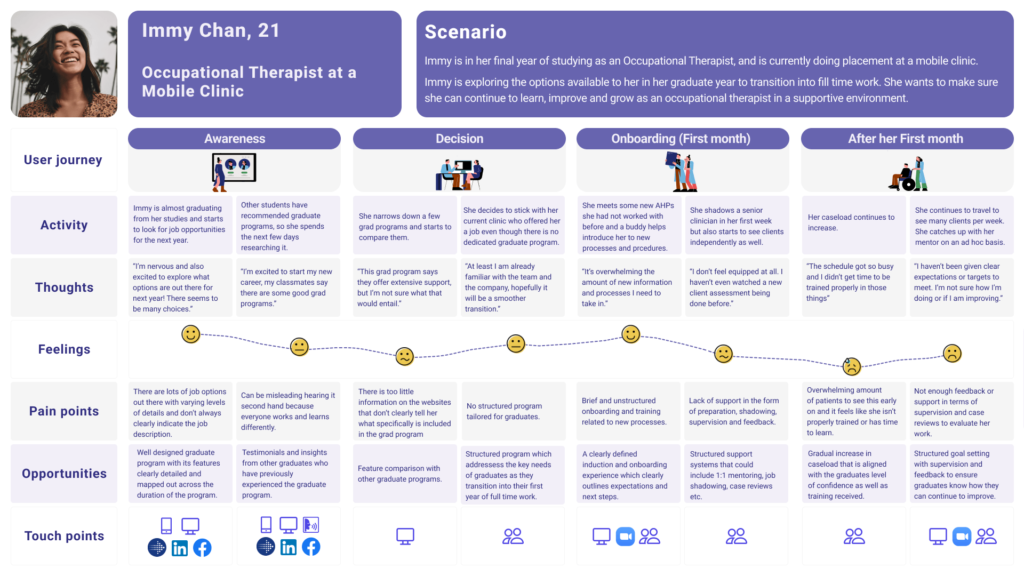

Phase III - Develop
How Might We
Two HMW questions were derived from the research to help users brainstorm solutions.
HMV
Make the induction process more effective and engaging to improve the learning experience?
HMV
help make sure a graduate feels confident and prepared for their first solo client session?
Ideation
3 ideation workshops and 5 Crazy 8 sessions were conducted, involving a total of 30 participants. The features for the first concept were then taken from the ideas generated in the Crazy 8 sessions.

Training
A fun and interactive way for new staff to learn about the company and its products or services. Led by a staff mentor, who can answer questions and provide support.
Connection
A way to encourage staff to learn from each other and build their skills. The competition can be based on knowledge, skills, or other criteria. Organized by the company or by staff members themselves.
Support
New staff are paired with experienced staff members to provide training, activities, and support. This helps new staff feel more comfortable and involved in the office, and makes it easier for them to ask for help.
MVP Matrix
The MVP matrix was used to select the quick win features for the onboarding process. change content???
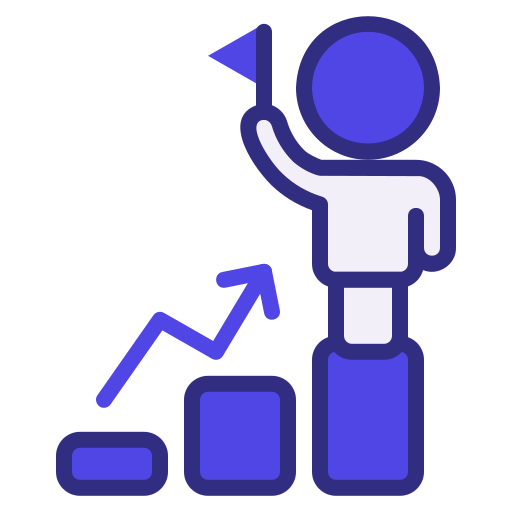
Personal Development Training
Interaction and engagement leads to effective and positive learning

Supervision from Senior Clinicians
Interaction and engagement leads to effective and positive learning

A manual for clinical practice
Interaction and engagement leads to effective and positive learning

Interdisciplinary collaborative learning
Interaction and engagement leads to effective and positive learning
Storyboard
Immy's career journey
The storyboard depicts a user’s future journey through Fora’s website, where they are presented with the key features and structured graduate program. The user registers, begins their career journey, starting with training and preparation before moving on to supportive practice, and transitions into a successful Allied Health Professional with Fora’s support. It was created with a more holistic view of the user journey than is typically seen, and it provides a more complete picture of the value that Fora can offer


Phase IV - Deliver
Concept Testing features
The usability testing of the graduate program was conducted with 6 users and received positive feedback overall, with an average rating of 4 out of 5.
12 month structure
Training and preparation
Phase I
Induction and onboarding, Buddy program, meeting mentor, Shadowing, supervised Client sessions
Supported practice
Phase II
Structured manual, Q&A panel, Goal setting & evaluation, supported Client practice, graduate led caseload, graduate requested training and workshops
Career Development
Phase III
Progression planning, external Personal development, ongoing support, reasonable caseload, give back
Usability Testing Program feedback
The usability testing of the graduate program was conducted with 6 users and received positive feedback overall.
- The highest-rated aspect of the program was the overall structure, which received a rating of 4 out of 5.
- The participants provided feedback that the training could be more structured and provide more opportunities for hands-on experience.
12 month Graduate Program feedback
Initial wireframe sketches
A design workshop session was organized to brainstorm ideas for showcasing the program on the webpage in the most effective way possible. Initial wireframes were created based on the drafts.

Low-fi Usability Testing
Low-fidelity wireframes were developed for the introduction, program offerings, visual roadmap, testimonials, the application process, and FAQ sections of the webpage.
Unmoderated user testing feedback
The unmoderated user testing of the UI design was conducted on 7 participants and the results are as follows:
- The user testing of the UI design found that the main features highlight was the most popular feature, followed by the roadmap and frequently asked questions. The testimonials and “Day in the Life” video were rated as the least important features.
- The user testing feedback suggested that a detailed breakdown of the program should be provided on the webpage.
- Specifically, the feedback indicated that 71.4% of users strongly desires to see the breakdown on the webpage, while the rest preferred to download a PDF.


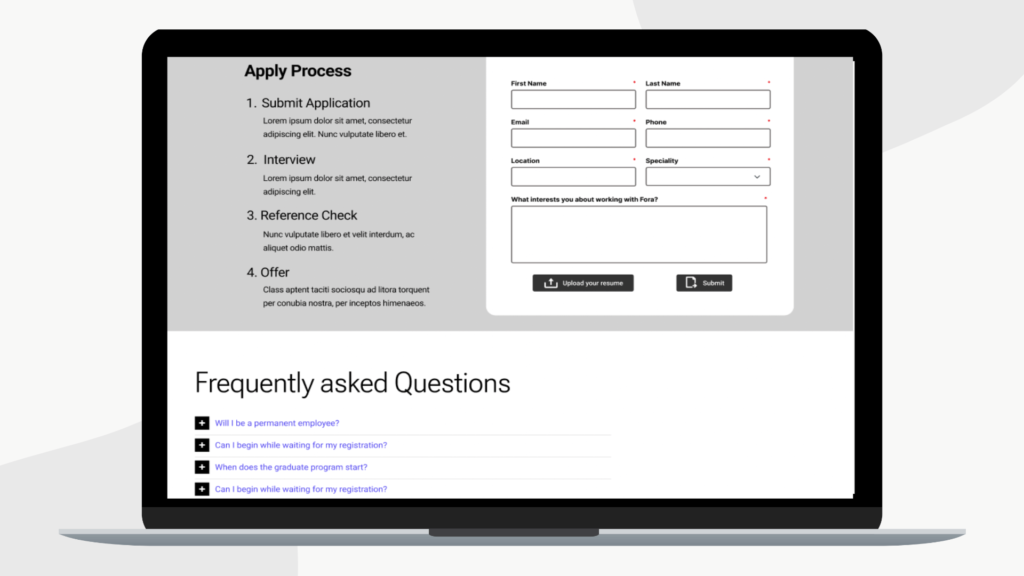
Mid-fi Usability Testing
The mid-fi prototype was designed based on the feedback from the unmoderated UI user testing results on the lo-fi prototype. The preference testing results were mainly focused on the user interface, header, interactions, intuitiveness, information clarity, and accessibility.
System usability scale results
The Mid-fi prototype received an overall usability rating of 77%, with a score for intuitiveness, clarity, navigation, and feature integration.
User testing feedback
The mid-fi testing feedback suggests that the webpage needs improvement in the following areas.
- Video preference: The “Meet the Team” section should be in video format.
- Missing information: The webpage should include more information, such as the length of the graduate program, selection criteria, start and end dates.
- Text accessibility: The text should be made more accessible, such as by using a darker background color.
- Intuitiveness: The webpage should be more intuitive, such as by making it clear that users can click on the tiles to learn more.



Hi-fi Usability Testing
The hi-fi prototype was improvised based on the previous testing and were preference tested for each sections with the users to iterate our designs as per their needs.
System usability scale results
The Hi-fi prototype received an overall usability rating of 82%, which is an improvement from the 77% rating of the Mid-fi prototype. The improvement was due to the Hi-fi prototype’s enhanced intuitiveness, clarity, navigation, and feature integration.
Hi-fi Improvements
- The intro section was simplified to include missing information about the client.
- The roadmap was redesigned to be visually appealing and intuitively clickable.
- Two different versions of the registration form were provided to check user preference.
User testing feedback
The hi-fi testing feedback revealed that most users found the look and feel of the UI to be familiar and appealing. Additionally, users responded positively to the page layout and flow of information. Finally, users were familiar with the Tik Tok videos and found them to be engaging.





Task Analysis
Mid/Hi-fi Task comparison was performed with the users during User testing.
Task comparison insights
Three tasks were given to users, who were asked to perform each task and their time to completion was recorded for both the mid-fi and hi-fi prototypes.
- Task 1 – Find Key features information: Both prototypes were easy to use. Users were able to find specific information presented in the key feature section in under a minute in both versions.
- Task 2 – Find information in Roadmap: Users took longer to find specific information presented in the interactive roadmap on the mid-fi prototype than on the hi-fi prototype.
- Task 3 – Register Interest: The task of registering for the program was also completed quickly in both versions.
Accessibility check
The final design solution meets 100% of AA standards for color contrast, text spacing, and readability. It has the potential to meet WCAG 2.1 AAA standards in areas such as section 2 Operable.

Solution
Final Design Solution
The solution has had a positive impact on the organization, and it has helped to achieve its strategic goals.
A webpage was created to provide all the information for potential new hires need to register for the graduate program. The webpage was designed to address all the lacking faced by the potential new hires, including a roadmap to showcase their journey throughout the program and testimonials from past graduates. Additionally, key features were developed to make potential new hires feel belonged and were supported.
The solution was designed to be user-friendly and informative, and it was created using the insights provided by users. The webpage is a valuable resource for potential new hires, and it can help them to make an informed decision about whether or not to enroll in the graduate program. The testimonials and key features are also designed to give potential new hires trust and confidence in the program.
Hi-fi Prototype Screens

Program intro section

About Fora

Key features

What you can expect?

Graduate Roadmap
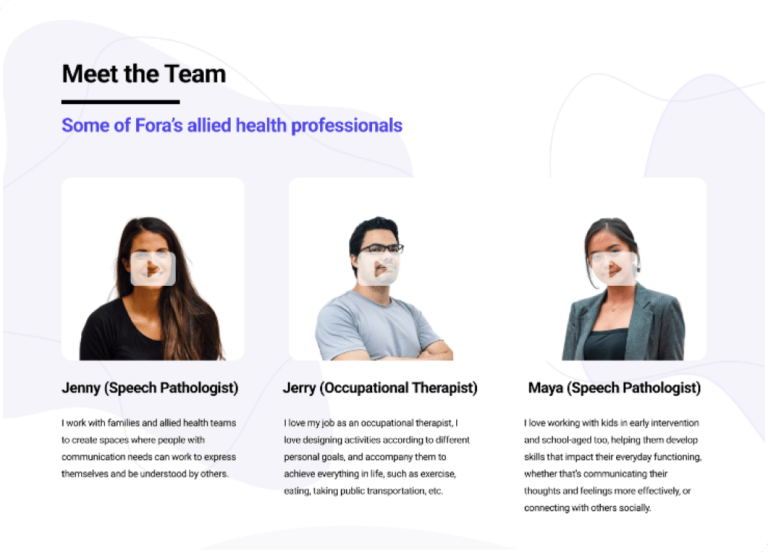
Meet the Team

A day at Fora

Form

Frequently asked questions
Next steps
Future goals include surveying more AHAs, increasing the number of testers in mid-fi, and focusing more on taxonomy.
Short-term goals include card sorting of information architecture and hierarchy. A/B testing of the roadmap, timeline, and charts. Also, additional testing of navigation, color scheme, and visual elements.
Long-term ideas include the development of a mobile version of the UI, the scaling up of the graduate program, and the creation of a shared knowledge database.
And that’s a wrap on my project case study. Thanks for reading!





